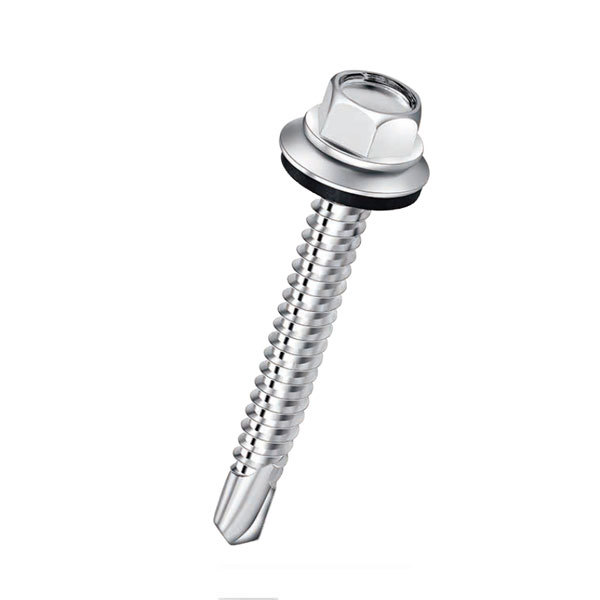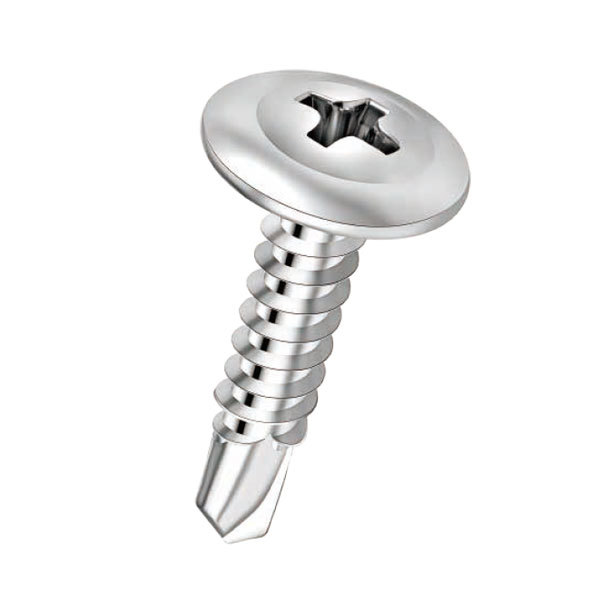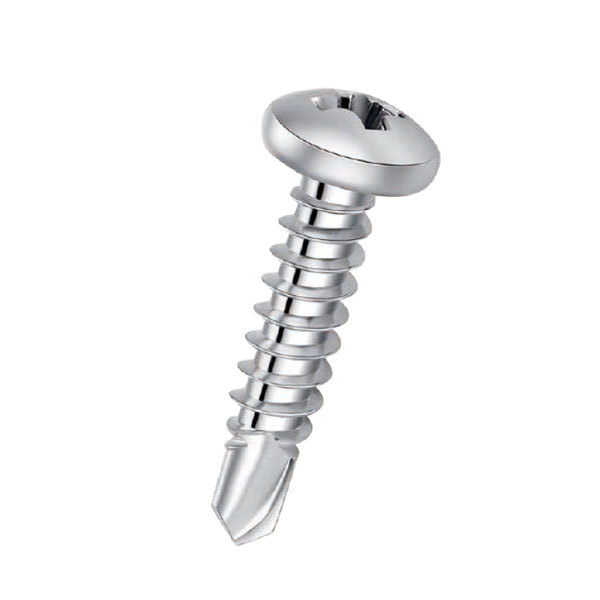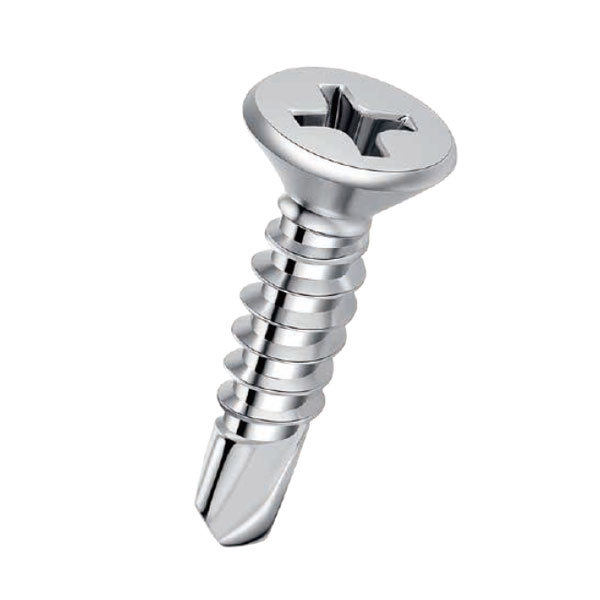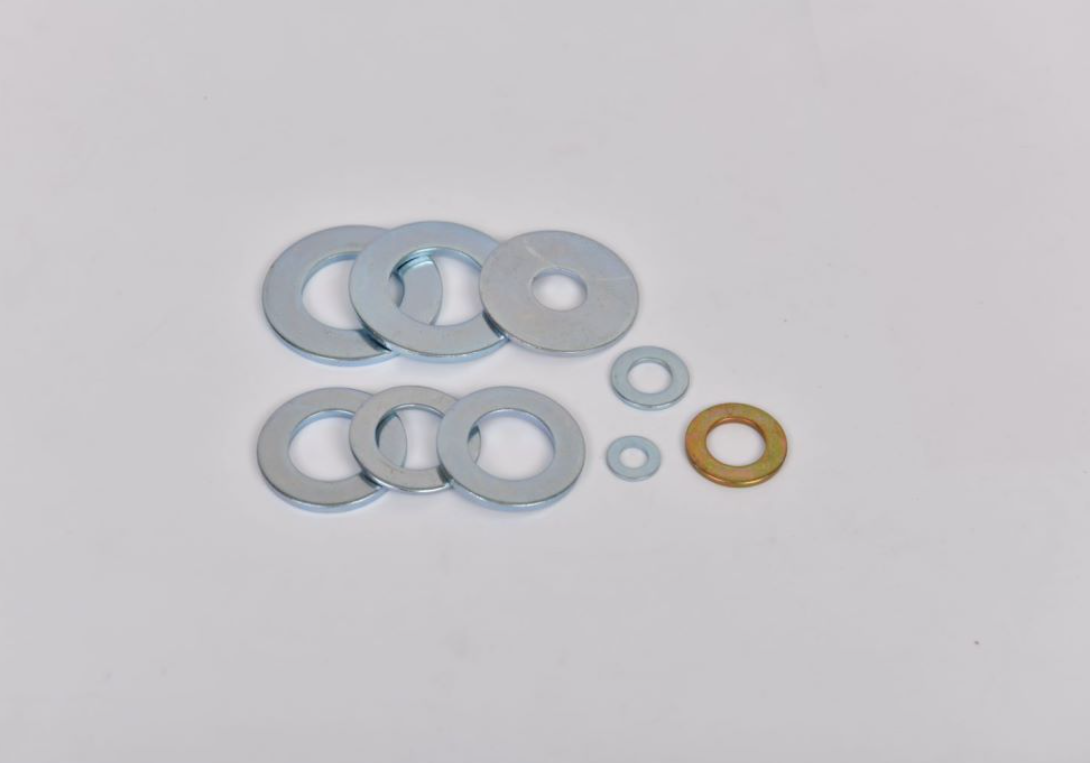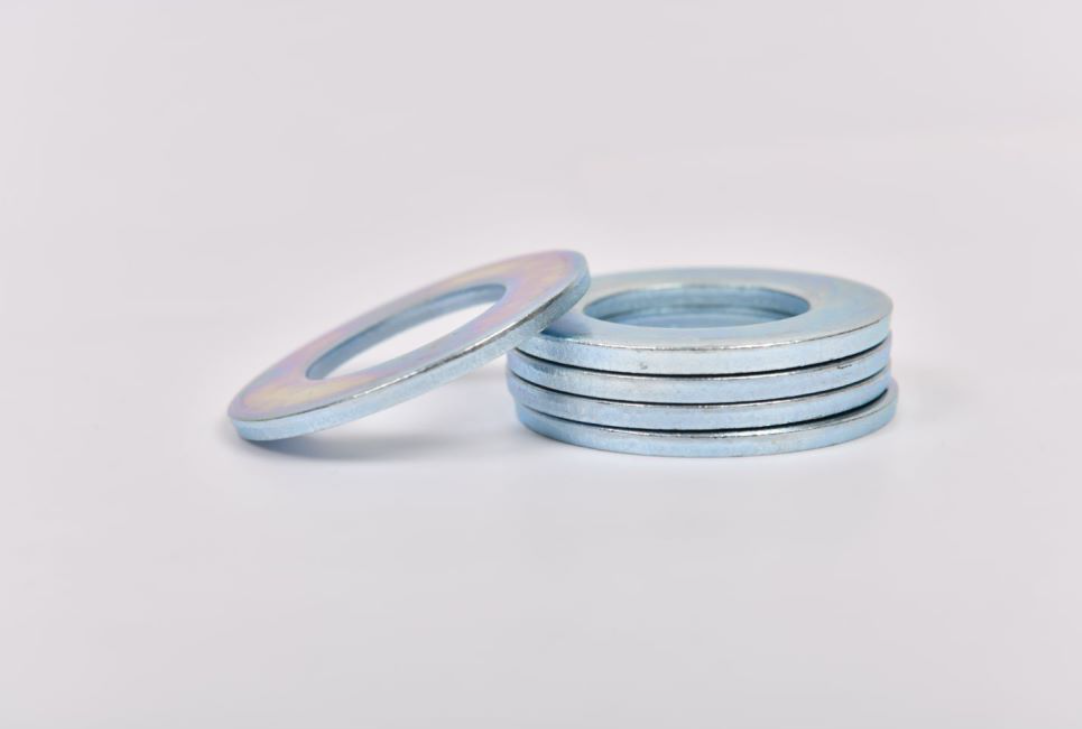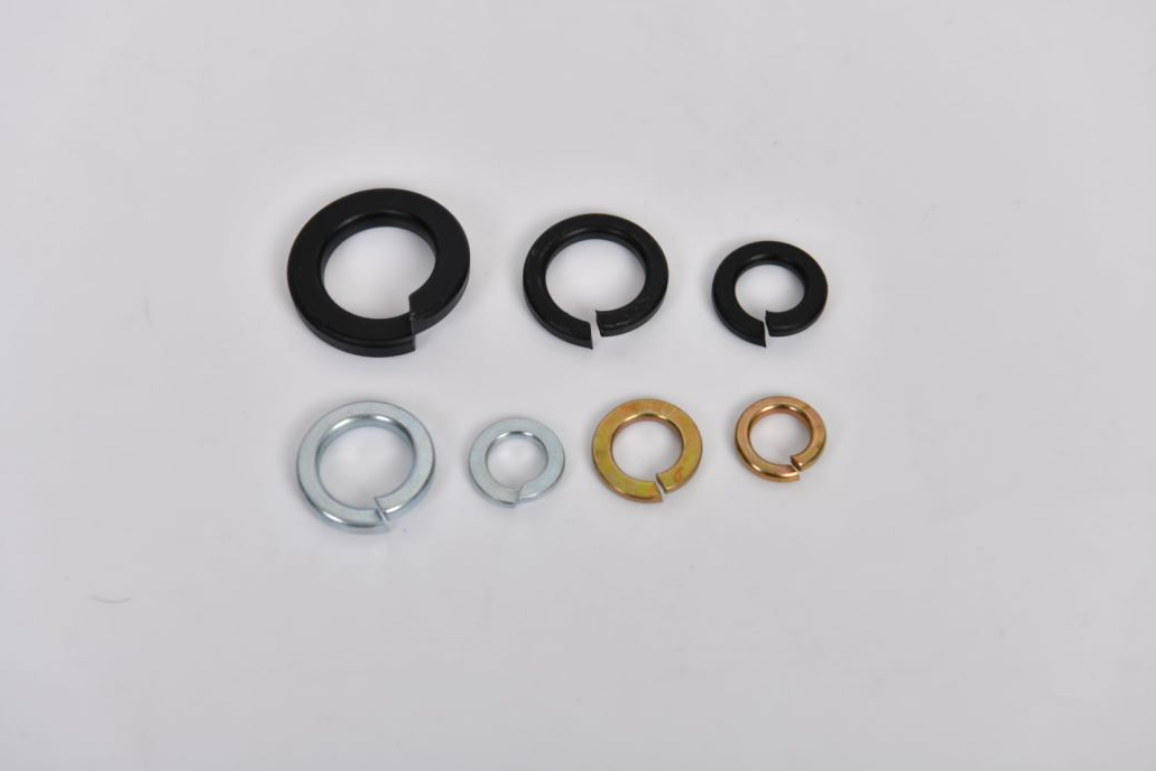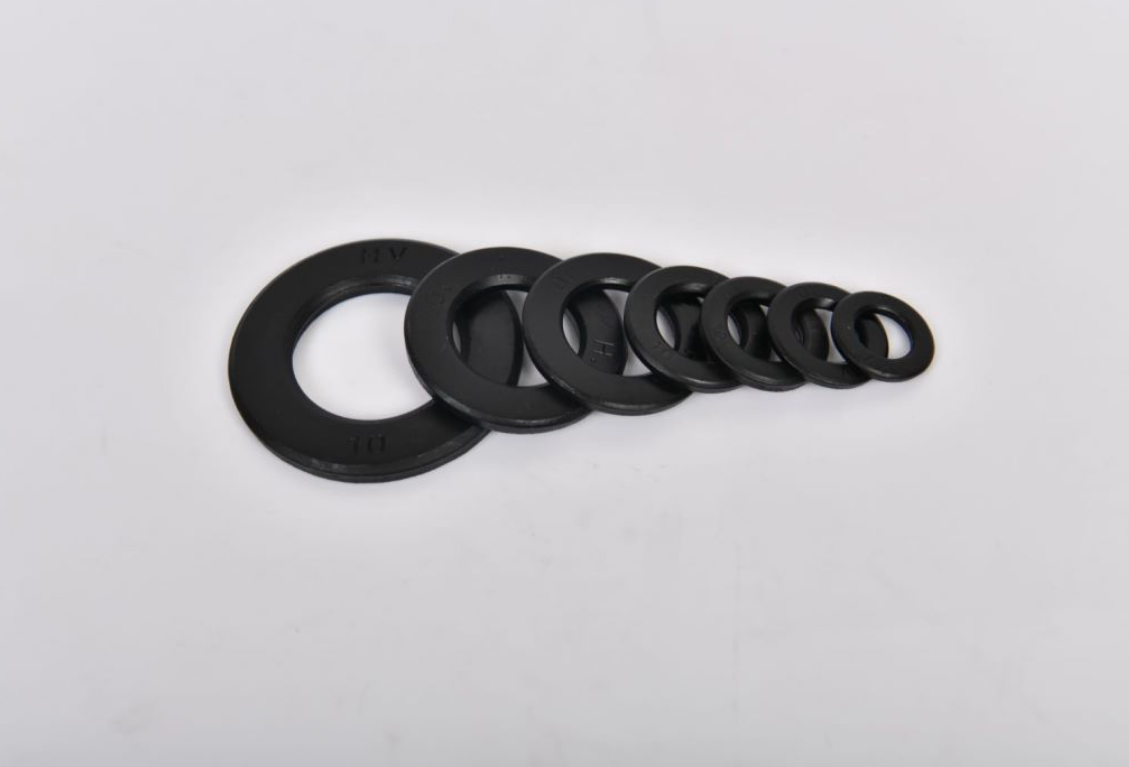spring washer and flat washer factory
Understanding Spring Washers and Flat Washers A Focus on Manufacturing
In various mechanical applications, washers play a crucial role in ensuring the reliability and longevity of assembled parts. Among the different types of washers, spring washers and flat washers stand out due to their unique characteristics and functionalities. This article explores the differences between these two crucial components and provides insights into the factory practices involved in their manufacturing.
Spring Washers Function and Characteristics
Spring washers, often referred to as lock washers, are designed to offer a reliable locking mechanism that prevents loosening due to vibration or torque. They exert a spring force between the bolted joint, ensuring that the fastener remains tight under various operational conditions. The most common types are split lock washers, wave washers, and conical washers.
The manufacturing process of spring washers usually involves several key steps. Initially, high-quality raw materials, typically stainless steel or carbon steel, are chosen for their durability and resistance to corrosion. The materials are then cut into specific shapes before undergoing a shaping process, often involving bending or forming to create the desired spring effect. Finally, the washers undergo heat treatment to enhance their strength and elasticity. This meticulous process ensures that each spring washer can withstand the stresses of its intended application.
Flat Washers Simplicity and Effectiveness
On the other hand, flat washers serve a more straightforward yet essential function. They distribute the load of a threaded fastener, preventing damage to the surface of the material being joined. Additionally, flat washers help maintain the integrity of the assembly by providing a smooth surface for the bolt or nut, reducing friction during tightening.
spring washer and flat washer factory
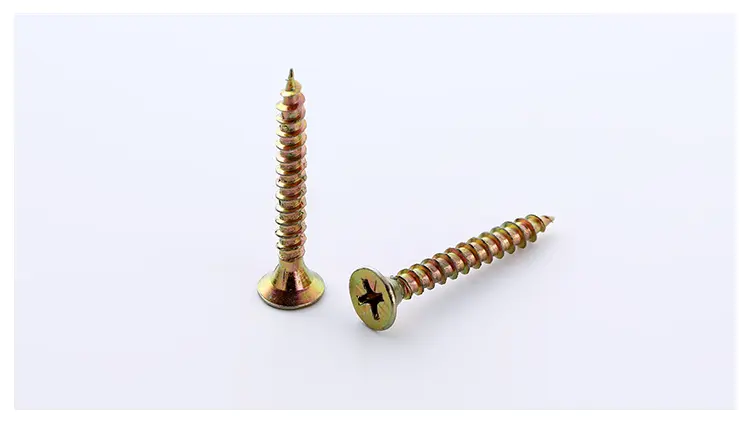
The manufacturing of flat washers also begins with the selection of appropriate materials. The process typically involves stamping or machining methods. In stamping, a metal sheet is cut into round disks which are then formed into washers, while machining may involve turning solid bars of metal into the desired shape. Quality control is paramount in the production of flat washers to ensure that they meet specified size and thickness requirements.
Quality Assurance in Washer Manufacturing
Both spring and flat washers must adhere to stringent quality standards. Factories often implement rigorous testing procedures that include dimensional inspections, tensile strength tests, and surface quality assessments. The use of advanced technologies and machinery enhances precision and consistency, producing washers that meet industry-specific requirements.
Moreover, environmental considerations are becoming increasingly important in the manufacturing process. Factories are adopting sustainable practices, such as recycling scrap metal and reducing waste, to minimize their environmental footprint.
Conclusion
In conclusion, spring washers and flat washers serve distinct yet vital purposes in various mechanical assemblies. Understanding their manufacturing processes provides insights into the complexities involved in producing these essential components. As industries continue to evolve, innovation in washer technology and manufacturing practices will remain critical in meeting the demands of modern applications. Whether through improved materials, advanced manufacturing techniques, or stringent quality control measures, the future of washer production holds promising advancements that will benefit numerous sectors worldwide.
-
Top Choices for Plasterboard FixingNewsDec.26,2024
-
The Versatility of Specialty WashersNewsDec.26,2024
-
Secure Your ProjectsNewsDec.26,2024
-
Essential Screws for Chipboard Flooring ProjectsNewsDec.26,2024
-
Choosing the Right Drywall ScrewsNewsDec.26,2024
-
Black Phosphate Screws for Superior PerformanceNewsDec.26,2024
-
The Versatile Choice of Nylon Flat Washers for Your NeedsNewsDec.18,2024



